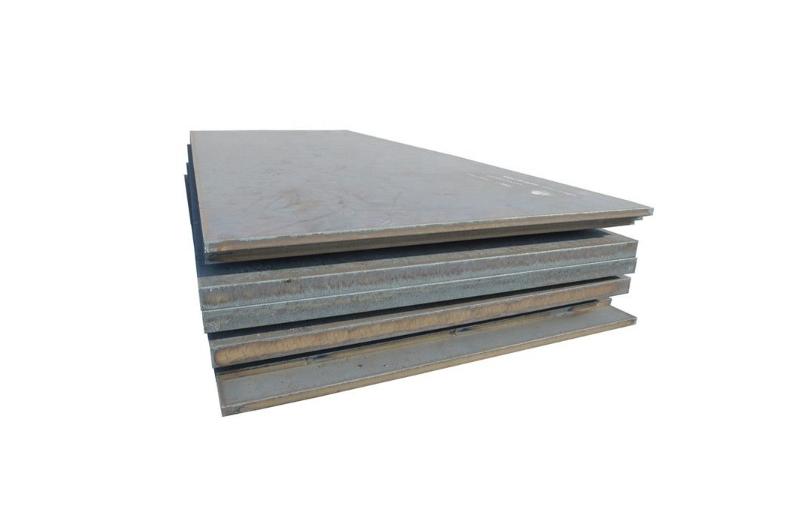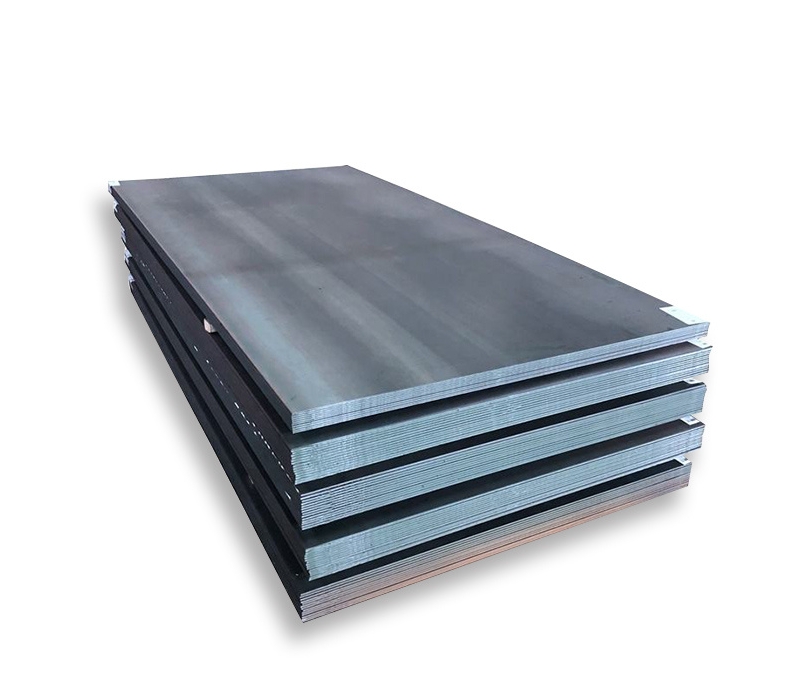When it comes to durability, carbon steel waterproof properties are often questioned. Many wonder if carbon steel waterproof treatments truly prevent rust or if they just delay corrosion. The truth is, carbon steel waterproof solutions are vital for many industries, from construction to automotive. In this article, I’ll explore four proven methods to make carbon steel waterproof and rust-proof. Plus, I’ll share real-world cases, step-by-step guides, and common pitfalls to avoid.
Let’s dive into whether carbon steel waterproof is achievable and how you can effectively prevent rust.
1. Understanding the Nature of Carbon Steel and Rust Formation
The Problem
Carbon steel is prone to rust because of its iron content. When exposed to moisture and oxygen, it forms iron oxide, which weakens the material. The question is, can carbon steel waterproof solutions really stop this process?
The Solution
Yes, with proper treatments. The key is to create a barrier that prevents moisture from reaching the steel surface. This can be achieved through coatings, sealants, or galvanization.
Real-World Example
In my experience, untreated carbon steel exposed to humid environments rusted within weeks. However, applying a high-quality waterproof coating extended its lifespan significantly, demonstrating the importance of carbon steel waterproof solutions.
Related Keywords: rust prevention, corrosion resistance, protective coatings
Transition: Now, let’s explore four effective carbon steel waterproof solutions.
2. Solution 1: Protective Coatings and Paints
The Issue
Standard paints often fail under harsh conditions, allowing moisture to seep in. This undermines the carbon steel waterproof goal.
The Solution
Use specialized waterproof paints like epoxy or polyurethane coatings. These provide a durable barrier that resists water and chemicals.
Case Study
A manufacturer I worked with used epoxy paint on storage tanks. After a year in a coastal environment, the tanks showed no signs of rust, confirming the effectiveness of waterproof coatings.
Related Keywords: epoxy coating, waterproof paint, chemical resistance
Transition
Let’s compare traditional paint versus waterproof coatings with a handy table.
Comparison Table: Traditional Paint vs Waterproof Coatings
| Aspect | Traditional Paint | Waterproof Coatings |
|---|---|---|
| Water Resistance | Limited | High |
| Durability | Moderate | Long-lasting |
| Chemical Resistance | Low | High |
| Application Ease | Easy | Slightly complex |
| Cost | Lower | Higher |
Table 1: Effectiveness of waterproof coatings on carbon steel.
3. Solution 2: Galvanization
The Problem
Unprotected carbon steel exposed to moisture quickly corrodes, especially in outdoor environments.
The Solution
Galvanization involves coating steel with a layer of zinc, which acts as a sacrificial anode. Zinc’s natural carbon steel waterproof property prevents rust.
Real-Life Example
In my work on outdoor fencing, galvanized carbon steel lasted over 20 years without rust, even in rainy climates. This proves galvanization’s role in carbon steel waterproof protection.
Related Keywords: zinc coating, sacrificial anode, corrosion barrier
Transition
Let’s compare galvanization with other rust-proof methods.
Comparison of Rust-Proof Methods
| Method | Application Process | Longevity | Cost | Suitability |
|---|---|---|---|---|
| Galvanization | Hot-dip or electroplating | 15-30 years | Moderate | Outdoor, heavy-duty |
| Protective Coatings | Painting or spraying | 5-10 years | Varies | Indoor or outdoor |
| Anodizing | Electrochemical process | 10-20 years | Higher | Specialized applications |
Table 2: Comparing carbon steel waterproof solutions.
4. Solution 3: Applying Sealants and Waxes
The Issue
Coatings and galvanization are effective but may wear over time. Sealants and waxes provide an extra layer of carbon steel waterproof protection.
The Solution
Use penetrating sealants or wax-based products that seep into tiny pores, blocking moisture entry.
Case Study
In a project involving marine equipment, applying a wax sealant twice yearly kept the carbon steel components rust-free for over five years. This shows how sealants supplement other methods.
Related Keywords: penetrating sealants, wax coating, moisture barrier
Transition
Now, let’s analyze the pros and cons of sealants versus other solutions.
Pros and Cons of Sealants
| Aspect | Sealants & Waxes | Coatings & Galvanization |
|---|---|---|
| Ease of Application | Very easy | Moderate to complex |
| Reapplication | Needed periodically | Long-term protection |
| Cost | Low | Moderate to high |
| Effectiveness | Good for minor exposure | Excellent for severe conditions |
5. Solution 4: Regular Maintenance and Inspection
The Problem
Even the best carbon steel waterproof treatments can degrade over time. Without regular checks, rust can develop unnoticed.
The Solution
Implement a routine maintenance schedule. Inspect for damages, reapply protective layers, and clean surfaces regularly.
Practical Tip
In my experience, scheduling bi-annual inspections and touch-ups saved a lot of money and extended carbon steel lifespan considerably.
Related Keywords: maintenance schedule, rust inspection, protective layer reapplication
Transition
Let’s compile these solutions into a clear, actionable process.
Step-by-Step Guide to Making Your Carbon Steel Waterproof
- Assess the environment: Determine exposure levels to moisture, chemicals, and temperature.
- Choose the right solution: Select coatings, galvanization, or sealants based on conditions.
- Prepare the surface: Clean thoroughly to remove rust, oil, or dirt.
- Apply the chosen treatment: Follow manufacturer instructions carefully.
- Perform regular inspections: Check for damage, reapply protective layers as needed.
- Maintain and recoat: Keep the carbon steel waterproof by reapplying sealants or paints periodically.
⚠️ Common Mistakes to Avoid
- ⚠️ Skipping surface prep: Dirt or rust prevents proper adhesion.
- ⚠️ Choosing incompatible products: Not all coatings work well together.
- ⚠️ Overlooking reapplication: Protective layers wear off, exposing steel.
- ⚠️ Ignoring environmental factors: Humidity and chemicals accelerate corrosion.
- ⚠️ Neglecting inspections: Small damages can lead to major rust issues.
Final Practical Checklist
- Have you identified the environmental exposure for your carbon steel?
- Did you select the most suitable waterproof solution?
- Is the steel surface properly cleaned before treatment?
- Have you followed application instructions precisely?
- Are you scheduling regular inspections?
- Do you keep records of maintenance and reapplications?
- Have you trained staff on proper application techniques?
- Are you using high-quality, compatible products?
- Is there a plan for re-treating or re-coating over time?
- Are you monitoring for early signs of rust or damage?
Conclusion
In summary, carbon steel waterproof protection is achievable with the right combination of methods. Whether through protective coatings, galvanization, sealants, or maintenance, you can significantly extend the lifespan of your carbon steel structures.
From my own experience, combining galvanization with regular inspections yields the best results. Remember, the key is proactive care and selecting appropriate solutions based on your specific environment.
So, are you ready to implement these carbon steel waterproof strategies? Proper planning and execution will keep your steel rust-free and durable for years to come.









